Gary Puckett Brings His Union Gap Hits to Vegas: Concert Review
by Thomas K. ArnoldGary Puckett and the Union Gap’s Nov. 19, 2023, concert in the Showroom of the South Point Resort and Casino on the south end of the Las Vegas Strip was a poignant reminder that the late 1960s were not just about protest and revolution.
The group’s brief but potent streak of infectious pop hits—which began in December 1967 with “Woman Woman” and ended in March 1970 with “Let’s Give Adam and Eve Another Chance”—spoke mostly of young love and young lust from the perspective of an often hurt and troubled suitor. Puckett’s booming, soulful baritone was the cornerstone of the group’s signature sound, plaintive, melodic ballads steeped in minor chord progressions and bathed in driving horns and lush orchestration.
Puckett’s voice has aged remarkably well, and to many in the sold-out crowd the show, just shy of 90 minutes, brought back bittersweet memories of their own youthful emotions and passions: first love, unrequited love, forbidden love and betrayal. They may have marched, they may have chanted, they may have bought records by the “heavy” bands of the day, but in their alone moments, what Puckett sang about, they felt.
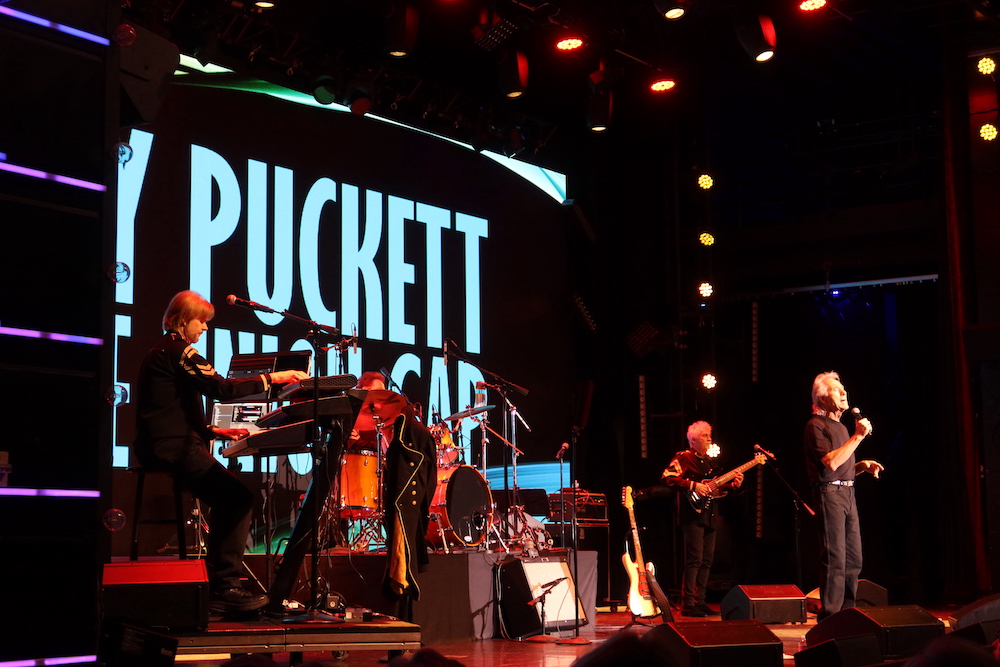
Gary Puckett and the Union Gap, live in Las Vegas, 2023 (Photo by Thomas K. Arnold, used with permission)
Like so many groups from the 1960s, Puckett, born Oct. 17, 1942, is the only original member in the present-day Union Gap, but that’s all right because he was always the band’s leader, director and, most notably, its voice. He has wisely surrounded himself with a crack trio of sidemen—keyboardist Jamie Hilboldt, bassist Woody Lingle and drummer Mike Candito—who truly get him, his songs and his sound, while providing harmony backup vocals.
Dressed in Union soldier uniforms, just like the early Gap, the band opened with “Lady Willpower,” one of their five biggest hits. Did the audience sing along? Of course they did, with Puckett’s gracious encouragement.
Next came two covers that appeared on Puckett’s first two albums, “Kentucky Woman” and “Lady Madonna.” The Union Gap’s ascent up the charts was so swift, and so steep, that their albums were cranked out almost as an afterthought, and in quick succession. Their first LP, Woman, Woman, was released in February 1968, followed by Gary Puckett & The Union Gap Featuring “Young Girl” in May 1968 and Incredible in November 1968. Producer Jerry Fuller, who had signed the Union Gap to Columbia Records and subsequently wrote most of their hits, picked a variety of other popular songs instead of scrambling for new material.
Watch Puckett sing “This Girl is a Woman Now” at a private event
Puckett and crew then performed “Let’s Give Adam and Eve Another Chance,” their final hit, a soaring gospel number that ranks as one of the Union Gap’s greatest musical triumphs. This was followed by two more covers, the Bee Gees’ “To Love Somebody” and Sonny and Cher’s “You Better Sit Down, Kids,” both from the Union Gap’s debut LP.
Puckett related one of several anecdotes as a prelude to “This Girl Is a Woman Now,” a big hit off the group’s fourth and final LP, The New Gary Puckett and the Union Gap Album, released in December 1969. He noted that when the song was being recorded in August of that year in Columbia Records’ Studio D, on Sunset Boulevard in Hollywood, his mother came by for a visit, and when she found out Janis Joplin was recording at the same time in Studio C, she insisted her son take her over for a visit, which he did. Meanwhile, the two other recording studios in the complex were occupied as well, Studio B by Paul Revere and the Raiders and Studio A by Sly Stone.
Midway through the show, after several more covers from his first two albums, Puckett went behind the piano and accompanied himself on a beautiful Bob Dylan song, “Make You Feel My Love,” a big hit for Adele in 2008. A true song stylist, he has a knack for making any song he sings his own.
He then called his brother Brian to the stage to take over drum duties on two more Union Gap chart-toppers, “Over You” and the group’s first hit, the haunting “Woman Woman,” a country song written by Jim Glaser and Jimmy Payne from the perspective of a man who suspects his wife of having “cheating on your mind.”
Related: What else was happening in music in 1967?
Brian Puckett is himself a talented musician and, in fact, used to play drums in his brother’s backup band in the early 1980s. Gary Puckett told the audience that on his first Happy Together tour in 1984, his brother played drums as well for the three other bands in the lineup: the Turtles, the Association and Spanky and Our Gang.
The most emotional moment of the show came next: As the band cued up “Home,” a lament for young soldiers sent off to Vietnam that was cowritten by Mac Davis and first recorded by Nancy Sinatra, Puckett called for the house lights to be turned on, asked all the veterans in the audience to stand up, and then invited a handful up to shake his hand as he began singing, “And every night they lie awake/And dream of mama’s chocolate cake/And wonder if there’ll be a tomorrow/And will they ever see their home and their family/Oh will they ever be back home.”
Puckett saved his biggest hit for last, “Young Girl,” one of several successive top 40 singles written by producer Fuller. Again, the crowd enthusiastically sang along, to the point where Puckett merely held the microphone to the audience during the chorus.
After the show, he came out front and for more than an hour signed autographs and shook hands and posed for photos with the long line of fans that weaved through the casino floor.
His fans clearly adore him, and the feeling appears to be mutual. And with good reason: For years, many of the biggest pop stars of the 1960s seemed all but forgotten. They no longer had recording contracts, and concert bookings became increasingly difficult to find.
Watch Gary Puckett and the Union Gap perform live in 2023
Puckett effectively dropped out of the music business in the early 1970s, unwilling to go along with his record company’s attempts to mold him into a lounge balladeer after the sound-alike hits by Fuller had run their course. He studied acting in the Philippines, and when he began pursuing a musical comeback in 1979 he met with little success, a fate he shared with so many others, from the Grass Roots and the Association to Micky Dolenz of the Monkees, who at one point was playing a free show on a side stage at the San Diego County Fair.
Only in the mid-2000s did these legacy artists finally start getting the respect, and the money, that had alluded them for so long. Baby boomers began to yearn for the music they grew up with, and the crash of the record industry sent the price of concert tickets skyrocketing because live shows were the only way musicians could make any money.
Puckett saw what was happening and reacted accordingly. He reconstituted the Union Gap and even brought back Civil War uniforms modeled after the ones the original band used to wear on stage. And instead of focusing on new material, he went back to his own golden hits as well as album cuts from the Union Gap’s early albums.
The higher pay, compounded by the entry of Native American casinos into the concert market, allowed artists like Puckett to hire the best musicians and craft top-notch stage shows, and the better the shows, the greater the demand.
Talk about a win-win.
Watch Puckett sing “Lady Willpower” at a 2023 concert
Tickets to see Gary Puckett are available here.
- Blondie & The Damned 2022 Tour Review—The Punk Era Lives! - 03/06/2025
- Burton Cummings of the Guess Who: 2025 Live Review - 01/18/2025
- Jimmy Webb Performs His Classic Songs: Concert Review - 10/23/2024

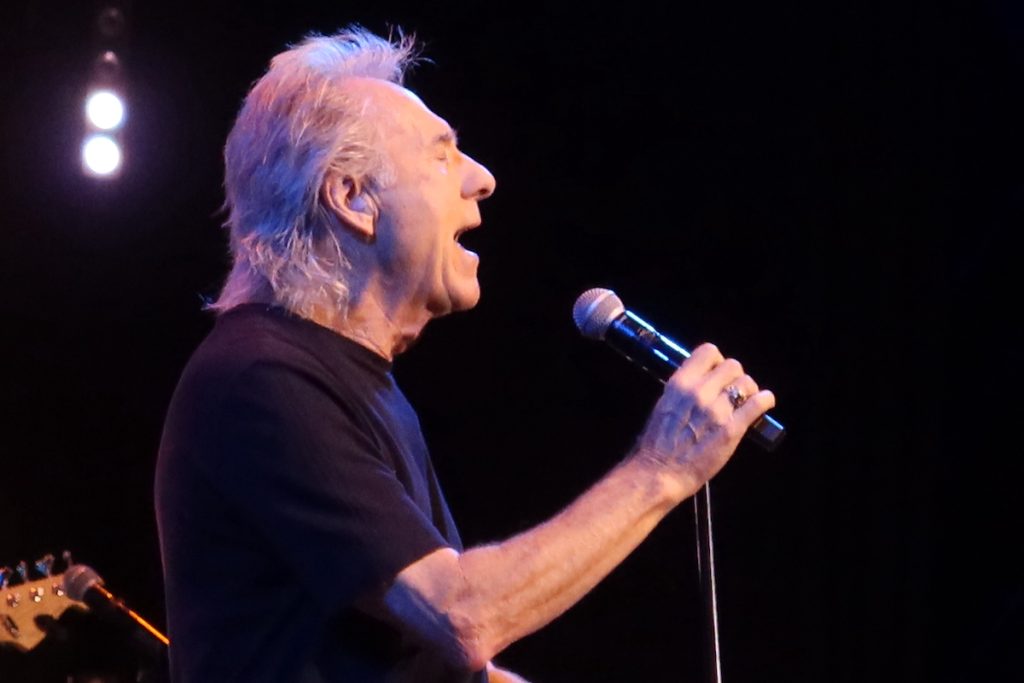
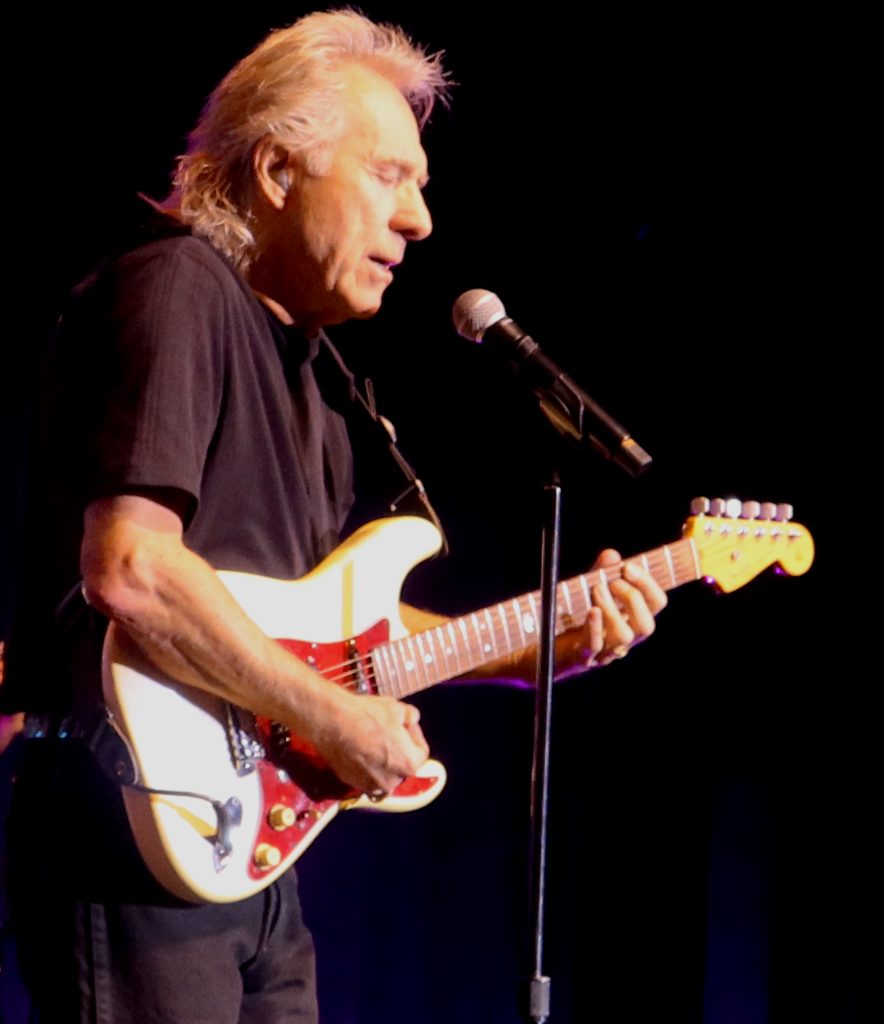
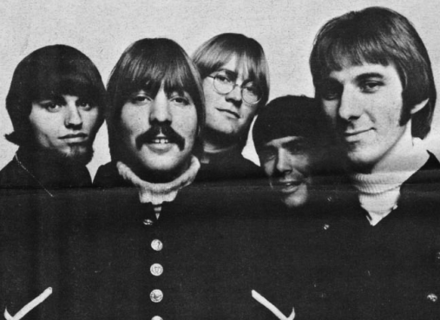
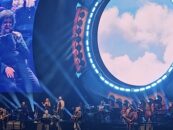
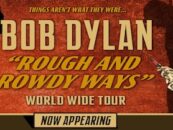
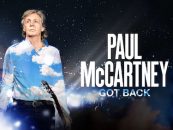
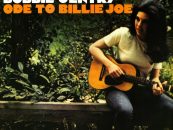

1 Comment so far
Jump into a conversationNo voice like Gary Puckett now or ever.